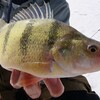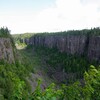
From the Fur Trade to Today: Trapping in Northwest Ontario
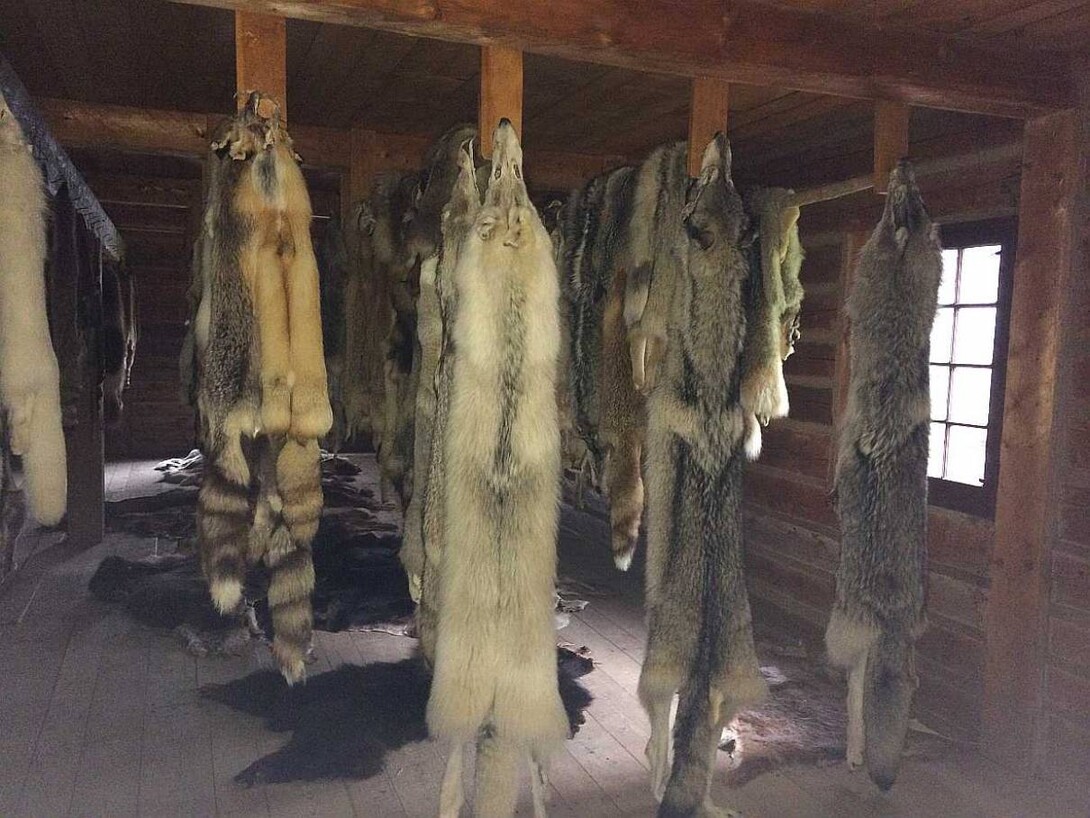
Trapping wild fur bearing animals has come a long way since the height of the fur trade as depicted at Fort William Historical Park.

Fort William Historical Park - Photo by Stephanie Reid
Even up until 1948, trapping was a free-for-all with no regulations or management in Ontario. Today, however, the culture of trapping encompasses a respect for nature and a responsible wildlife management plan through regulations administered by the Ministry of Natural Resources.
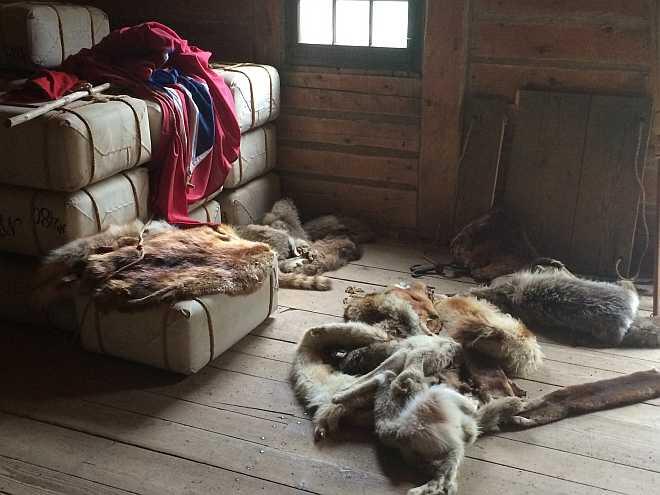
Fort William Historical Park - Photo by Stephanie Reid
Ontario has over 2,800 registered traplines and the Thunder Bay District alone has about 145 traplines, where the focus, like the days of the voyageurs, is the beaver. A quota system on each line ensures the management of beavers to protect lands and infrastructure, and to preserve a sustainable beaver population.
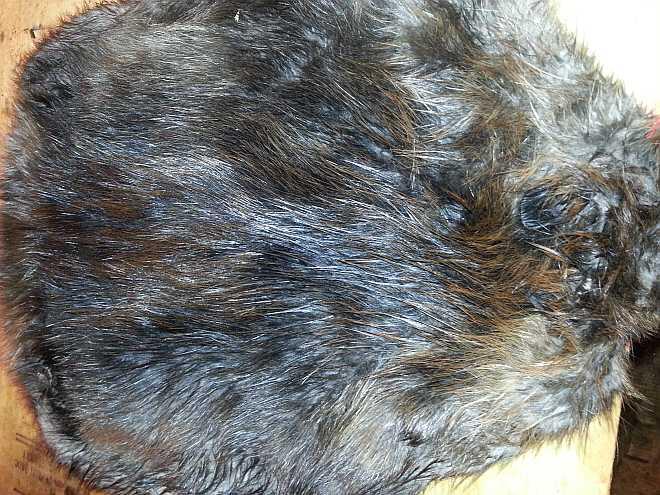
Beaver Pelt - Photo by Kathy Toivonen
The beaver has more to offer than just its pelt. Castors, for example, a gland found within the beaver, is used to retain fragrance in perfumes; the carcass is used for baiting and feeding other animals; and the tail can be used to make items such as wallets.

Beaver Tail Wallet - Photo by Kathy Toivonen
The federal government designated the third Saturday in September as the National Hunting, Trapping and Fishing Heritage Day. Dryden High School even offers a day on the trapline as one of the units in the outdoor recreation program. Trapping is a way of life.

Dryden High School Outdoor Recreation Class - Photo courtesy of Kelsey Pennanen
The mission of the Northwestern Fur Trappers Association’s (NWFTA) is to educate, preserve and protect. The NWFTA, a membership of trappers, organizes workshops in education and trapping courses. The Association also offers workshops in building marten nesting boxes to promote habitat, and green techniques. To find out more about wild fur trapping and its role in the culture of Northwestern Ontario, the NWFTA will be hosting its annual Trappers’ Convention in February in the Coliseum Building at the Canadian Lakehead Exhibition grounds.
Everyone is welcome.
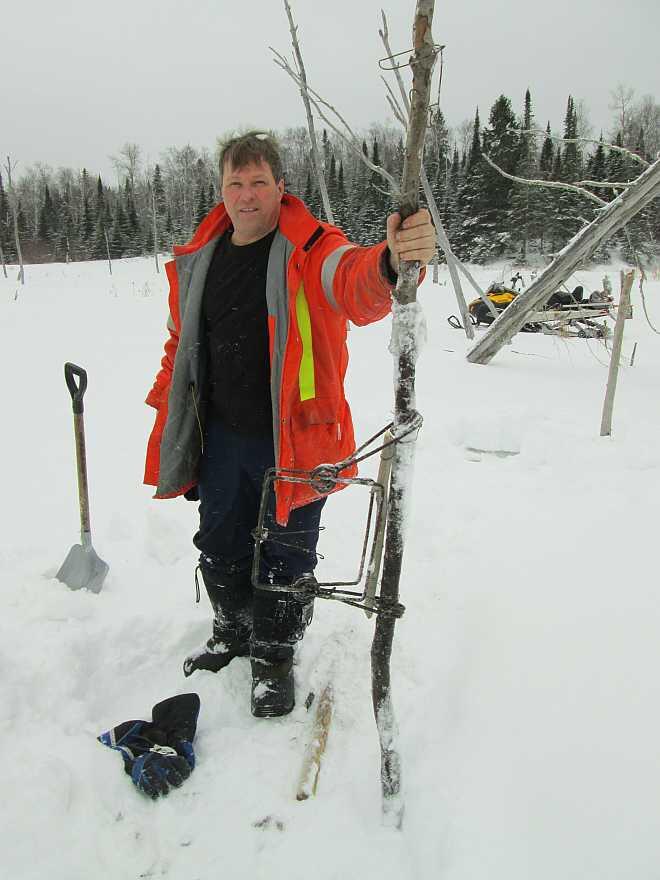
Conibear Beaver Trap - Photo by Kelsey Pennanen
Recommended Articles

Epic Lake Superior Adventures Near Thunder Bay
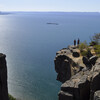
Experience Your Perfect Summer in Thunder Bay

Eco-Friendly Travel in Thunder Bay
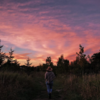
Wellness Retreats in Thunder Bay

LGBTQIA+ Friendly Businesses in Thunder Bay

Uncovering Thunder Bay's Hidden Gems

Top 10 Interesting Facts About Thunder Bay

Work Hard, Reward Yourself: Discover Thunder Bay’s Best Winter Experiences

Thunder Bay Winter Fun Guide 2025

12 Best Places to Stay in Thunder Bay

5 Fantastic Ways to Explore the Water in Thunder Bay

5 Reasons to Bring a Conference or Meeting to Thunder Bay, Ontario

21 Ways to Enjoy Thunder Bay
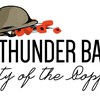
The Remembrance Poppy and its Thunder Bay Roots
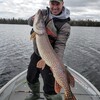
Why You Should Always Travel With Fishing Gear in Thunder Bay

This new cruise ship sails into Thunder Bay

Chill Out in Thunder Bay: Why Cold Plunges Are Hot Right Now

Walk This Way: Self-Guided Art and History Tours in Thunder Bay










